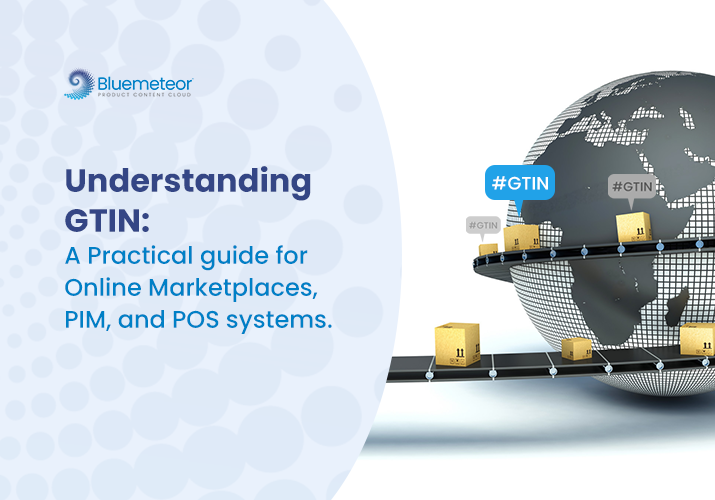7 Proven Hacks for Creating Product Attributes That Sell – Don’t Miss Out!

Creating product attributes that resonate with customers can be a game-changer for your business. They are the details that can elevate your product from a simple commodity to a must-have item. So, let’s dive into the top seven hacks you can create compelling product attributes that will not only attract but also convert potential buyers.
1. Include Certifications and Compliance Details
Certifications and compliance details are often overlooked but can significantly impact purchasing decisions. They instill trust and reliability in your product. Customers feel assured that your product meets certain quality and safety standards. For example, if your product is certified by BMcat (Benchmark Certification and Testing) or holds an ETIN (Electronic Trade Item Number), prominently display this information. Add badges or icons to make these certifications stand out.
2. Focus on Detailed Technical Specifications
Technical specifications provide the nitty-gritty details that tech-savvy customers crave. They want to know the exact capabilities and limitations of your product. Break down the specifications into easy-to-read bullet points or tables. Use industry-standard terminology so that the information is easily understandable.
3. Leverage High-Quality Images and Videos
A picture is worth a thousand words, and a video is worth even more. High-quality images and videos can provide a comprehensive view of your product, making it easier for customers to make an informed decision. Include multiple high-resolution images from different angles. Use 360-degree videos to give a complete view of the product. Don’t forget to add close-ups of important features.
4. Focus on Benefits, Not Just Features
While features are important, they don’t always convey the true value of your product. Benefits explain how those features will make the customer’s life better. Translate each feature into a clear benefit. For example, If you’re marketing a vacuum cleaner, don’t just say it has a HEPA filter. Explain that the HEPA filter captures 99.97% of allergens and dust particles, making it perfect for homes with allergy sufferers.
5. Highlight Unique Selling Points (USPs)
Your Unique Selling Points (USPs) differentiate your product from the competition. They are the reasons why customers should choose your product over others. Identify what makes your product unique and emphasize these points in your product description. Make them prominent and hard to miss.
For an example, emphasize unique features like a built-in LED work light, ergonomic grip design, and a rapid-charging battery system that sets this drill apart from competitors.
6. Optimize for Search Engines
Search Engine Optimization (SEO) is crucial for getting your product in front of potential customers. The better your SEO, the higher your product will rank in search engine results. Use relevant keywords naturally throughout your product description. Include them in your title, bullet points, and even in image alt texts. Tools like Google Keyword Planner can help you find the best keywords to use.
7. Ensure Clarity and Consistency
Clarity and consistency build trust. When customers can easily understand your product attributes, they are more likely to make a purchase. Consistency across all platforms ensures that customers receive the same message, reinforcing your brand’s reliability. Use a consistent format for all product descriptions. Double-check for spelling and grammatical errors. Make sure all information is accurate and up-to-date.
In conclusion, creating product attributes that sell is both an art and a science. By including certifications, providing detailed technical specifications, leveraging high-quality images and videos, focusing on benefits, highlighting USPs, optimizing for search engines, and ensuring clarity and consistency, you can create compelling product listings that stand out and drive sales.
Bluemeteor’s Product Content Cloud, powered by AI and data science, automates and optimizes product attribute management. It accelerates time-to-market, improves data quality, and ensures consistency across channels, empowering businesses to create enriched product experiences and drive sales efficiently.
Related Articles
Recent Post
Categories




